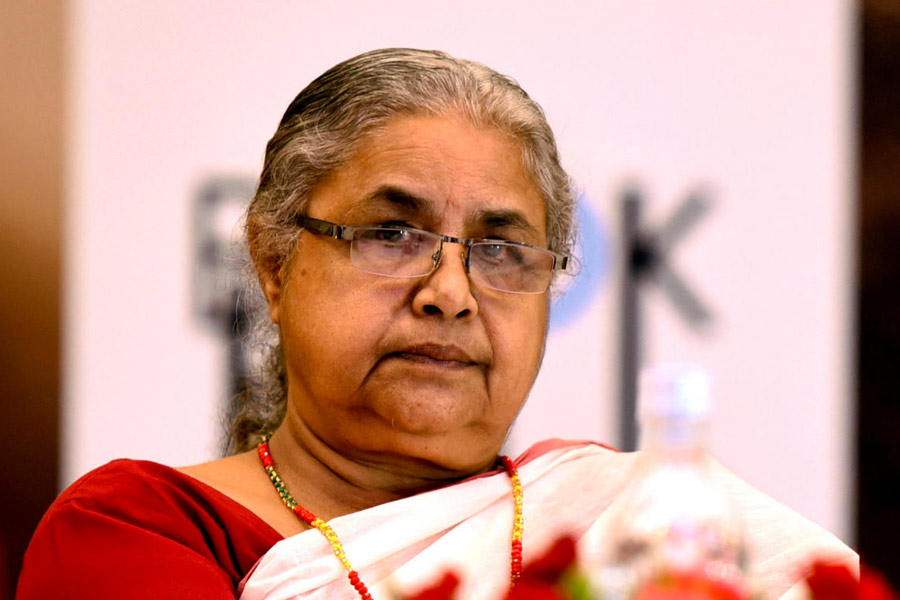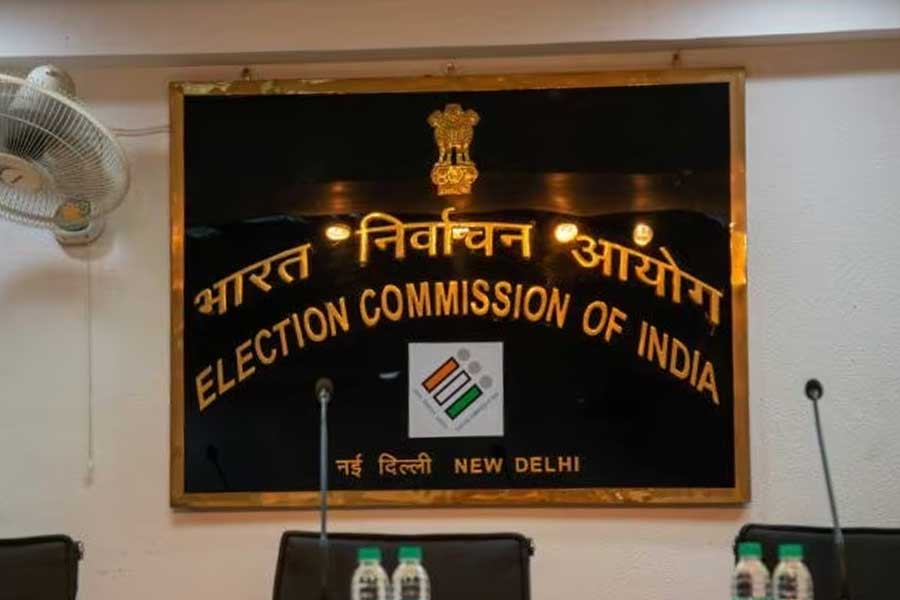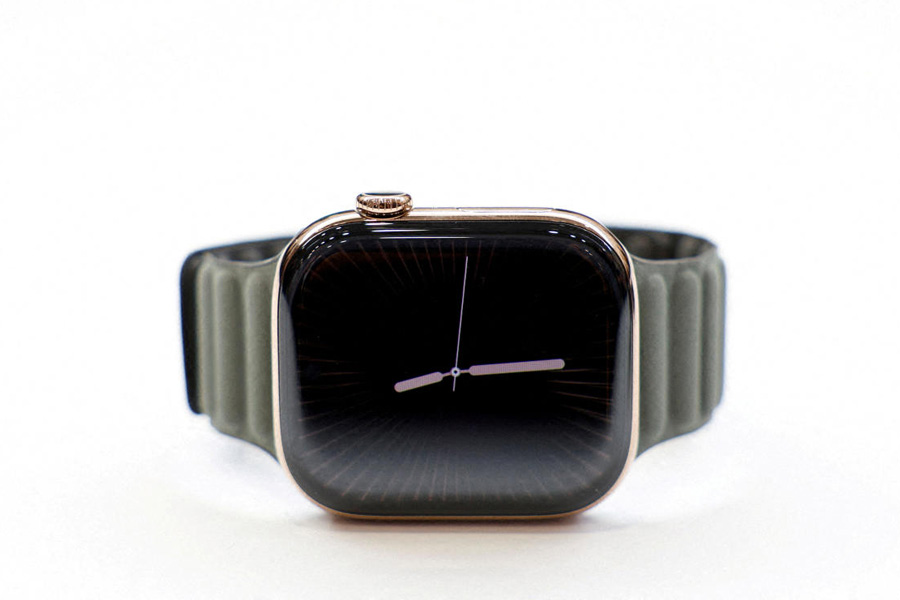 |
| it’s your life: Find out what it’s worth |
Insurance is a kind of a betting game you want to lose. You place a bet that you will die, and the insurance company wagers that that won’t happen. If you win the bet, the company pays pots of money to your next of kin. As most people who’ve insured themselves survive, the company makes and shares profits. That’s how it works. The life insurance business hinges on risk evaluation — a process in which the company studies the profile of a potential customer to determine the risk that the applicant will die during the policy term.
As part of risk evaluation, also called underwriting, consumers applying for life insurance policies may need to take medical tests. Although medical evaluation has always been mandatory in life insurance, the entry of multiple private players in this business has transformed the underwriting process. Medical tests have now become more rigorous and more ethical. Life insurance executives say it hasn’t always been like this.
In the earlier era, although medical tests were mandatory, sometimes they appeared more like a formality than a serious effort in risk evaluation, say executives. Back then, doctors appeared more than willing to declare applicants as healthy. One insurance agent speaking on condition of anonymity recalls the case of a heart patient who was approved as hale and hearty. The new procedures now in place will benefit consumers in the long term.
Life insurance companies take into account several factors to evaluate the risk that a potential customer poses — age, current health status, medical history, occupation, tobacco and alcohol use. However, medical evaluation is not mandatory for all who apply. “Some 85 per cent of our potential customers do not need a medical test,” said Kapil Mehta, vice-president, business development, Max New York Life.
The general rule is that the older the person and the higher the sum assured, the more tests are required, “But the specific tests needed are determined on a case-by-case basis,” said Anita Pai, head, customer services with ICICI Prudential Life Insurance in Mumbai. Most companies have in place a chart that spells out the tests mandatory for different age groups and different kinds of insurance.
A primary test might include just a simple medical examination by a company-authorised doctor and blood pressure measurement. In some cases, even that is not called for. For older people and for those who have sought large-sum policies, the medical evaluation could expand to cover blood tests and evaluation of the heart, liver and kidneys.
For instance, under guidelines of one company, applicants under 35 years of age applying for policies below Rs 10 lakh do not require to undergo medical tests. Those wishing to insure themselves for sums higher than Rs 10 lakh need to take a medical examination, an ECG, and a fasting blood sugar test. The range of tests expands if the sum insured is greater than Rs 30 lakh. In that case, the consumer would have to submit to a chest X-ray, blood lipid and urine tests, as well as a treadmill test to determine how the heart functions under stress.
The underwriting process helps the insurer determine the amount of premium the customer will have to pay based on the actual risk he or she poses. “The advantage of the new process is that we can tailor premiums according to the health of the applicant,” said Mehta. Companies offer life insurance policies at higher-than-normal premiums to applicants who pose a higher risk because of some health condition. “The number of policies turned down is a tiny fraction of those involving medical tests,” said Mehta.
Just how much extra premium the customer would have to pay depends on the nature of the health problem. A 38-year old man had recently applied for an endowment policy — a policy in which the money grows and is returned to the customer — for a sum of Rs 1 lakh. Medical tests revealed that he was overweight by 30 per cent. But all other reports were normal, and the company offered him the policy with a 3 per cent hike in premium. In another case, a 30-year old man had applied for a term policy of Rs 10 lakh. Term policies offer high cover for very low premium — they offer no benefits if the insured survives the term of the policy. In this case, medical tests revealed that the applicant had high blood pressure. The company agreed to offer him insurance of Rs 10 lakh, but for an annual premium of Rs 4,553 instead of the basic premium of Rs 2,553.
Pai said companies are usually wary of combinations of health problems rather than a single potential condition. An application from a person with diabetes or with high cholesterol levels, for instance, is unlikely to be turned down outright. The company looks at other factors that could add to the risk. These could be factors like high blood pressure, a family history of associated illnesses, or a sedentary lifestyle. However, even in such cases, a company is more likely to enhance the premium payable than turn down an application.
Life insurance executives say stringent medical evaluation helps consumers in many ways. “For many applicants, it’s the first time they are exposed to a battery of tests that help them know their own health,” said Pai. Any adverse findings such as diabetes or high blood pressure would allow applicants to start diet or exercise to control such conditions.










